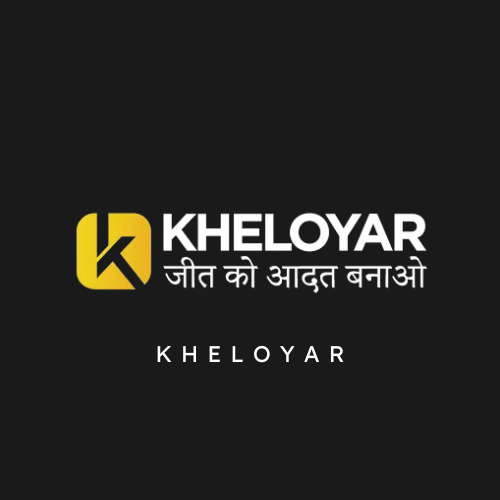From Cost Center to Competitive Edge: A Smarter Energy Playbook for Australian Businesses

Energy is no longer just a bill to be paid—it’s a strategic lever. With volatile markets, changing tariffs, network demand charges, and the push toward electrification, Australian businesses are rethinking how they buy, use, and manage energy. The winners aren’t simply trimming costs; they’re building resilient, flexible energy programs that support growth, strengthen margins, and reduce risk. This guide walks through a practical approach that blends market strategy, operational efficiency, and technology—grounded in the real-world toolkit of an experienced energy consultant.
Why Energy Is Strategic Now
- Margin pressure: Energy can be a top-three operating expense in power-intensive sectors. Every cent per kWh matters.
- Price volatility: Forward curves shift quickly; timing and structure of contracts can add or subtract millions over a term.
- Decarbonisation: Customers, investors, and regulators increasingly expect credible emissions reductions without sacrificing performance.
- Electrification: Transitioning from gas to electric systems changes load shapes and procurement needs.
Treating energy as a strategic portfolio—rather than a fixed overhead—creates a route to both cost stability and competitive advantage.
What Great Advisors Bring to the Table
A seasoned advisor helps you see the entire chessboard. A strong energy consultant clarifies your goals (cost, risk, carbon), audits how and when you consume power, and maps the opportunities across procurement, operations, and on-site generation. Expect them to:
- Quantify your baseline (usage, tariffs, network charges)
- Identify savings levers (demand-shaping, tariff optimisation, equipment upgrades)
- Model “what if” scenarios (price paths, hedging structures, solar + storage)
- Build a roadmap with measurable milestones and paybacks
The result is not just a cheaper bill—it’s a coherent program that aligns procurement with production schedules, capital plans, and sustainability targets.
Turning Insight into an Operating System
The discipline of energy consulting converts data into action. It starts with interval data analysis to uncover peak demand drivers, phantom loads, and avoidable network costs. From there:
- Procurement is matched to your actual load shape (e.g., part-fixed, part-floating, caps/collars, seasonal blocks).
- Operational tweaks smooth peaks (staggered start-up, equipment sequencing, pre-cooling/thermal strategies).
- Capex is prioritised by quickest payback and least operational disruption (VFDs, high-efficiency motors, HVAC optimization).
- A dashboard tracks kWh, kW, cost-to-serve, and emissions in one place, so decisions are made on facts, not guesswork.
This systems mindset keeps savings compounding rather than eroding after the “first-year wins.”
When to Engage Brokers—and How to Get Value
If you’re heading to market for a new retail contract, the right partner can expand your options and sharpen pricing. Reputable energy brokers australia can:
- Surface multiple retailers and structures quickly
- Run competitive tenders and normalise offers
- Advise on risk allocation and timing
- Coordinate contract terms with your operational plans
Insist on transparency: fee structures, selection criteria, evaluation methodology, and conflicts of interest. Pair the brokerage process with live load insights so you’re buying precisely what you need—not what’s easiest to sell.
Make Energy Management Continuous
Savings stick when processes do. Effective energy management weaves into daily operations, with rhythm and accountability:
- Metering and monitoring: Submeter critical assets, capture interval data, and alert on anomalies.
- Measurement and verification: Verify savings after changes; keep only what works.
- Governance: Owners for procurement, operations, and compliance meet monthly; execs review quarterly.
- Culture: Visual dashboards, scorecards, and simple SOPs help teams act on data without adding bureaucracy.
Think of this as operational excellence for energy: small, repeatable behaviors that add up to big, durable results.
A Practical 90-Day Plan
- Days 1–15: Gather bills, interval data, and contracts. Map sites, tariffs, network charges, and load profiles. Set goals for cost, risk, and carbon.
- Days 16–30: Identify quick wins—correct tariff mismatches, fix power factor, tighten schedules, and squash weekend/after-hours drift.
- Days 31–60: Shape demand—sequence start-up, pre-condition spaces, tune HVAC and compressors, set peak alerts. Begin tender prep if your contract is within 12 months of expiry.
- Days 61–75: Launch a targeted procurement process, aligned to your load. Consider hedging structures and clauses that match your operations.
- Days 76–90: Approve a capex stack ranked by payback and ease of implementation. Stand up a live dashboard and a monthly governance cadence.
This 90-day sprint builds momentum without waiting for long-term projects to land.
Metrics That Matter
- Cost-to-serve: Cost per unit produced or per occupied square metre
- Peak kW and load factor: Smooth peaks to reduce network and demand charges
- Avoided cost: Savings versus business-as-usual, verified by M&V
- Resilience: Exposure to spot price spikes and contract roll risk
- Emissions intensity: tCO2e per unit, tracked alongside costs
Tie incentives to these metrics so teams feel the wins.
Common Pitfalls to Avoid
- Chasing the lowest unit rate without managing demand spikes
- Signing “set and forget” contracts that don’t match evolving load shapes
- Underestimating network charges and non-energy components
- Treating energy projects as one-offs instead of building a repeatable system
- Neglecting change management—most savings are behavioral before they’re capital
A disciplined playbook prevents backsliding and sustains gains year over year.
The Competitive Edge
As energy complexity grows, the advantage goes to businesses that combine sharp procurement with operational excellence and clear governance. That’s the difference between a good price and a great program—one that reduces cost volatility, funds growth, and strengthens your sustainability story.
If you want an external perspective, experienced energy consultants can accelerate the journey—bringing data, market access, and a tested operating model that your team can run with. Whether you manufacture, manage property portfolios, or operate multi-site retail, this approach turns energy from a cost to be endured into a capability you can scale.







